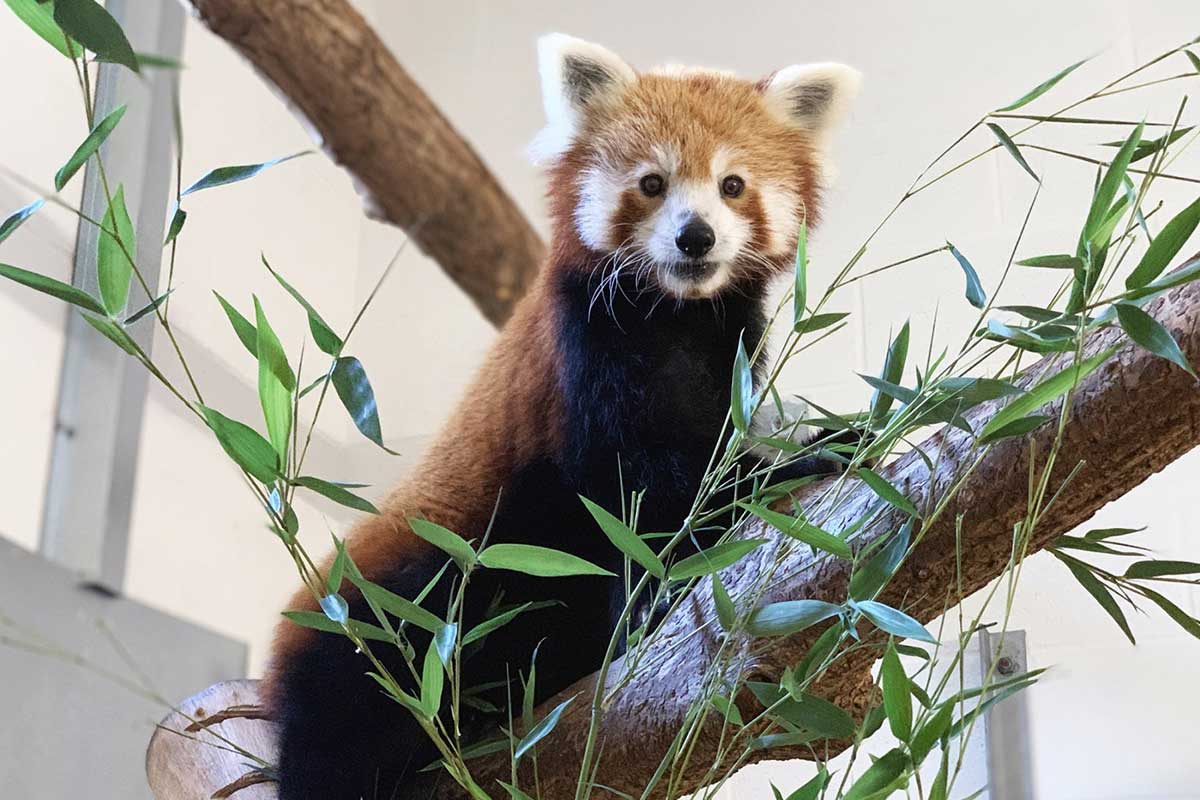Scientists at the Smithsonian’s National Zoo recently welcomed three red pandas to the institute’s Front Royal campus.
New furry residents Scarlet, age 2; Xena, age 3; and Taizong, age 1, join the zoo’s cuddly mainstay, Rocket, 3, as part of the Species Survival Plan, which studies the health and breeding behaviors of the species native to Nepal, China, and India, zoo officials said.
Once the trio acclimated to their new surroundings, scientists formed them into two pairs — Scarlet and Taizong in one, Xena and Rocket in the other.
“Scientists match red pandas by looking at their genetics to ensure a pair’s offspring are as genetically diverse as possible,” zoo veterinarian Kristi Delaski said in a Smithsonian release.
“They also consider the animals’ health, temperament and other factors to determine how successful a pairing may be.”
Once paired, zoo officials place the pandas in a divided enclosure, where they can see and smell each other through a barrier. Face-to-face introductions ensue once the blind date period has run its course.

Keepers Jessica Kordell and Ish Ganame describe Scarlet as “shy and gentle,” Xena as “feisty and outgoing” despite her small size, and Taizong as “friendly, excited and hungry all the time.” Rocket, the veteran, “was very friendly and gregarious before Xena arrived,” Ganame said in the press release. “Now, he is a bit more shy around her.”
Due to their biodiversity and cool climate habitats, red pandas are considered a vital indicator species for studying climate change and the environmental impacts on other species.
“The research that the zoo community is doing to better understand their breeding, behavior, and ecology helps not only the pandas in human care,” added Kordell, “but can also help us better understand what they need to thrive in the wild.”
For more stories like this, subscribe to our News newsletter.





